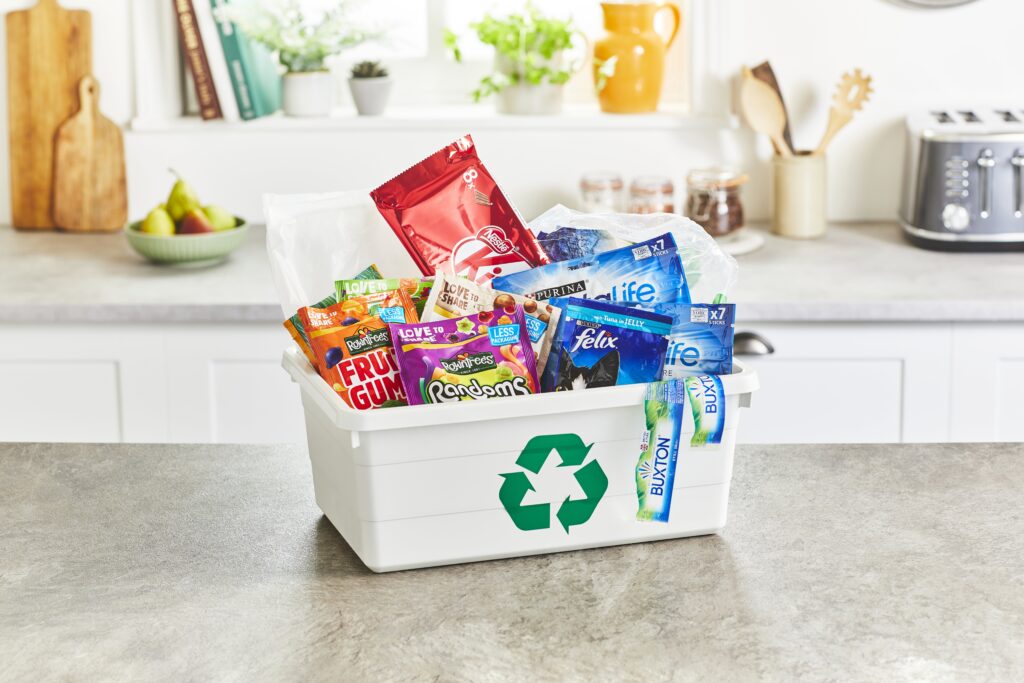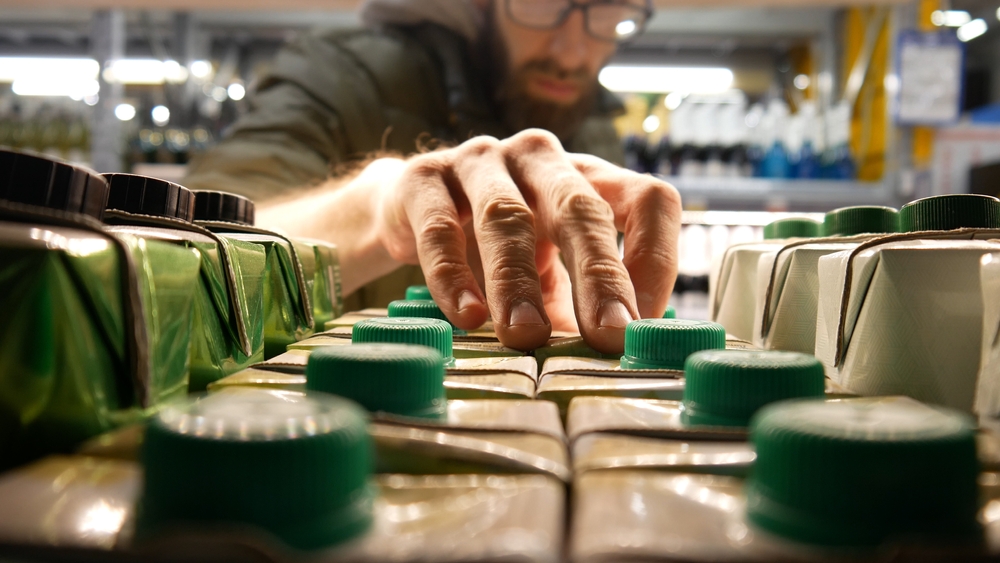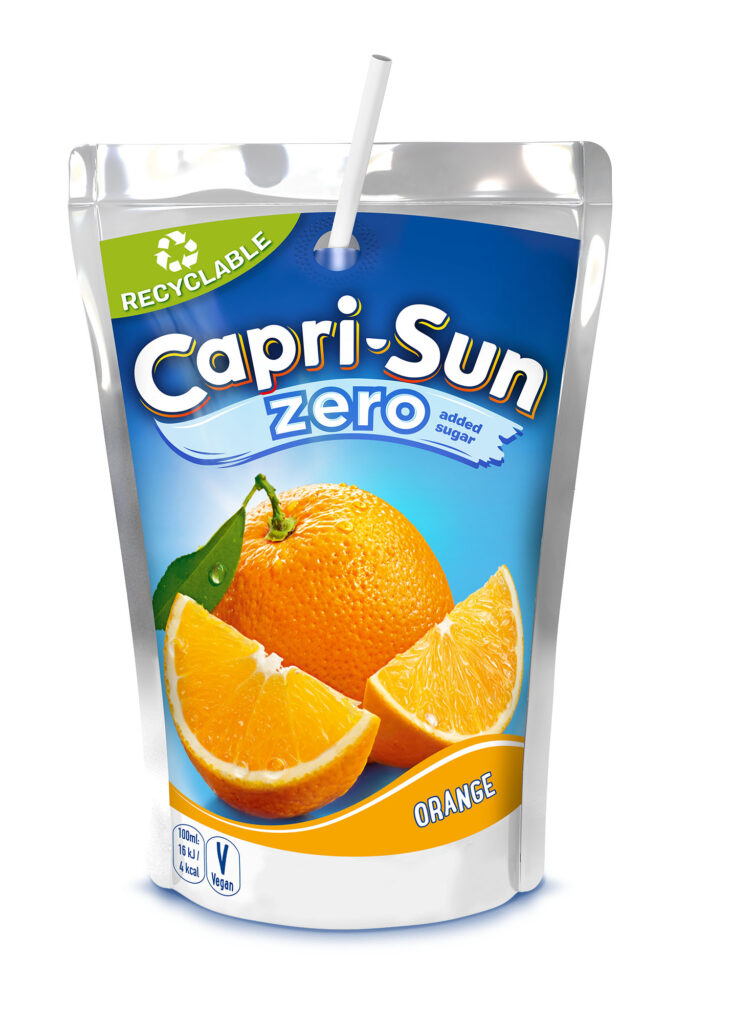However, it is expected to be a very close call to meet material specific targets for materials such as glass and aluminium – which could create a difficult situation in 2009, if not much recycling evidence is carried over.
The market is certainly going to be tighter on individual materials than previously
Phil Conran, Biffpack
According to figures published last week by the National Packaging Waste Database for the second quarter of 2008, over 1.63 million tonnes of packaging was recycled. This was up from 1.59 tonnes in Q1.
And, if the figures are annualised, they suggest that 6.81 million tonnes of packaging waste will be recycled this year – well within the UK's overall target of 6.51 million tonnes.
However, while the overall recycling and recovery levels appear adequate, alongside recycling levels for materials such as paper and wood, it looks as if producers will have to scrape through their targets for other materials. Aluminium in particular is under pressure, confirming fears raised by the government earlier this year that the UK was “at risk” of missing its target (see letsrecyclec.com story).
The figures show that, with only 22,583 tonnes of reprocessing and exporting of aluminium packaging taking place in the first half of 2008, the UK is going to have to improve to avoid missing the 50,377 annual target by several thousand tonnes.
Although changes to the Packaging Regulations, known as “broadly equivalents”, are expected to help, by making more exported metal packaging eligible for PERNs (see letsrecycle.com story), and the trend in 2007 was for more aluminium packaging reprocessing and exporting towards the end of the year (see letsrecycle.com story), it is still expected to be a tight year.
And, even if the target it met, there is unlikely to be very few PRNs to carry over to 2009 – when they may be needed more than ever, because the aluminium target will rise from 35-38%.
One compliance scheme told letsrecycle.com: “There are concerns about aluminium. I hope we are going to see a flurry of tonnage in quarter 3 as a result of the broadly equivalent changes.”
| PRNs carried forward (t) | Q1 | Q2 | Annualised 2008 performance | 2008 targets (t) | |
|---|---|---|---|---|---|
| Paper/board (including composting) | 148,722 | 781,427 | 724,116 | 3,159,808 | 2,520,491 |
| Glass | 109,705 | 377,794 | 425,603 | 1,716,499 | 1,666,423 |
| Aluminium | 2,719 | 10,224 | 12,359 | 47,885 | 50,377 |
| Steel | 26,580 | 86,701 | 95,624 | 391,230 | 375,849 |
| Plastic | 24,438 | 120,940 | 138,028 | 542,374 | 509,510 |
| Wood (including composting) | 48,257 | 220,664 | 235,419 | 960,423 | 238,927 |
| Total Recycling | 360,421 | 1,597,751 | 1,631,150 | 6,818,223 | 6,510,234 |
| EfW | 21,092 | 96,205 | 99,967 | 413,436 | n/a |
| Total recovery (including recycling) | 381,513 | 1,693,957 | 1,731,117 | 7,231,661 | 6,998,068 |
Glass
A similar problem can be seen for materials such as glass and steel. The UK is on track to meet its targets for these materials for 2008, but is set to rely on PRNs carried over from 2007 – rather than from performance within 2008 alone.
This is likely to cause problems next year, when recycling targets rise from 68-68.5% for steel and sharply from 78-80% for glass (see letsrecycle.com story).
Speaking to letsrecycle.com yesterday, Phil Conran, general manager for recycling development and head of the Biffpack producer compliance scheme, said: “The market is certainly going to be tighter on individual materials than previously which will keep prices higher than you may expect. I think we will meet our overall recycling target and I would like to think the country will meet the target for aluminium.”
Mr Conran said that while he thought the UK would “scrape through” its targets for this year, 2009 could be a “real struggle” because of the double-whammy of increasing recycling targets and less PRNs being carried over from this year.
However, he pointed out that if packaging levels stabilised – as has already been heralded by a WRAP study published today (see letsrecycle.com story) – the number of PRNs businesses needed could also fall – which might ease the situation.
He explained: “If the amount of reported packaging does not go up for 2009 there will be less demand for PRNs.”










Subscribe for free